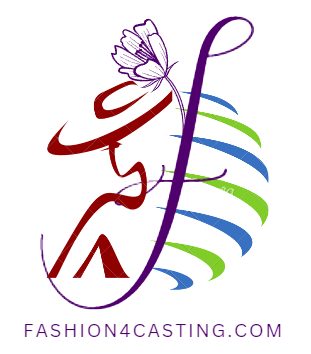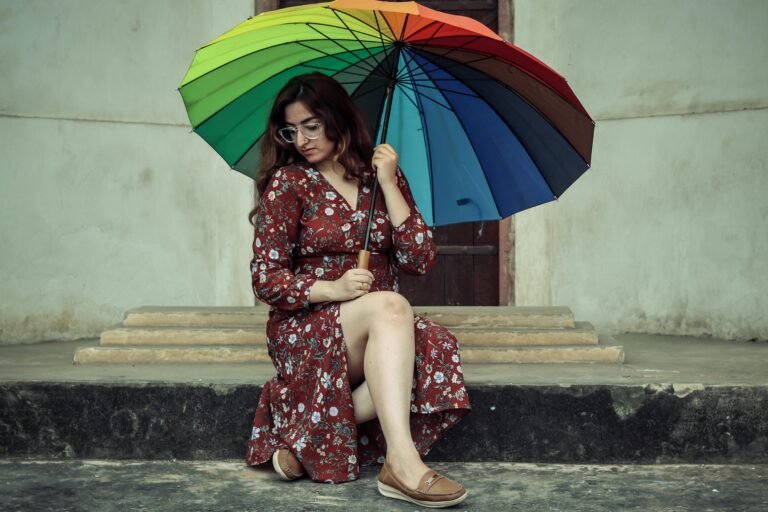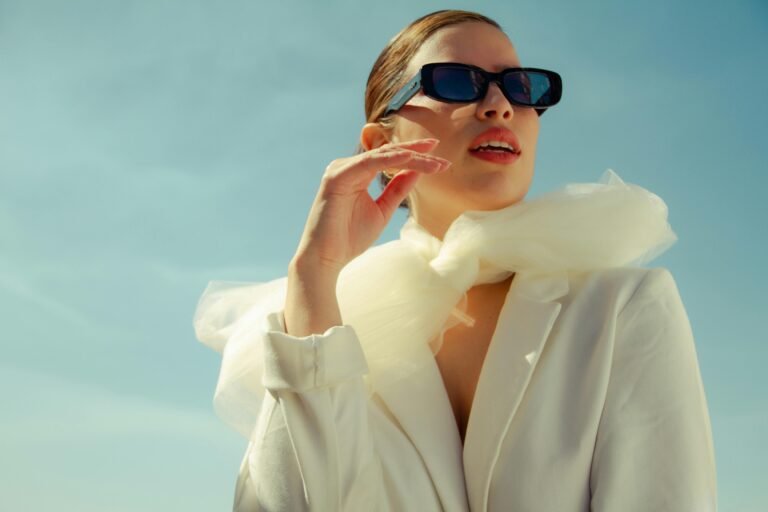Introduction

Fashion theories provide frameworks for understanding the complex dynamics of style evolution and its societal significance. From trickle-down to trickle-up dynamics, these theories illuminate how trends emerge, spread, and influence cultural narratives. Exploring these theories unveils the intricate interplay between individual expression, societal norms, and economic forces within the realm of fashion.. Here’s an overview of each theory:
1.Trickle-Up Fashion Theory:
Trickle-up theory suggests that fashion trends originate from subcultures or grassroots movements within society, often among lower-income or marginalized groups, before gaining acceptance and popularity among mainstream consumers. This theory challenges the traditional top-down model of fashion dissemination associated with elite designers and haute couture. Instead, it recognizes the creative agency and cultural influence of everyday individuals who shape fashion trends from the bottom up. Trickle-up fashion theory trends may include streetwear, DIY fashion, and styles inspired by youth culture or countercultural movements.
For example-Some examples are-bright shirts, street fashion like rugged jeans,studs jewellery,gypsian style dresses, sportscoats and jeans which had been pioneered by teenagers and the young.
2.Trickle-Down Fashion Theory:
Trickle-down fashion theory posits that fashion trends originate from elite or high-status groups within society, such as fashion designers, celebrities, or affluent consumers, before trickling down to lower-income or mainstream segments of the population. This top-down model suggests that styles are adopted by aspirational consumers seeking to emulate the lifestyles and status symbols of the elite. Trickle-down trends often begin on haute couture runways or in high-end fashion magazines before being adapted by mass-market retailers and fast-fashion brands for broader consumption. This theory has been critiqued for perpetuating elitism and exclusivity within the fashion industry.
For examples-Designs showcased by luxury fashion houses like Chanel, Gucci, or Louis Vuitton often set the tone for upcoming trends. These avant-garde styles initially appeal to affluent clientele and celebrities.The momentum of the trend increased as additional brands such as Balenciaga, Nike, and Fila joined in, integrating and putting their own spin on the chunky sneaker trend.
3.Trickle-Across Fashion Theory:
Trickle-across fashion theory proposes that fashion trends move horizontally between groups of similar social levels within society, with minimal lag time between adoptions. Unlike trickle-up or trickle-down dynamics, which involve vertical movement within social hierarchies, trickle-across theory emphasizes the simultaneous adoption of fashion trends among peers or adjacent social groups. This theory acknowledges the influence of rapid mass communication, such as social media and digital platforms, in facilitating the spread of fashion trends across diverse demographic segments. Trickle-across trends may be characterized by their accessibility and widespread appeal across different socioeconomic backgrounds, reflecting a more egalitarian approach to fashion diffusion.
The fast fashion chains are closer to the target visualized by the trickle-across theory because of their quick approach to market, mass production processes that speeded up the process of moving fashion ideas from the runway to the store.
Because of this, it is possible for different styles to trickle across for wider acceptance at the same time.
For example-
Athleisure Wear: Initially popularized by fitness enthusiasts and athletes, athleisure wear has trickled across different social groups. What started as functional workout attire has become a mainstream fashion trend, with luxury brands like Chanel and Dior incorporating athletic elements into their collections. This trickle-across effect has made activewear a staple in both casual and high-fashion wardrobes.
Denim Trends: Denim, once associated with workwear and casual attire, has undergone a transformation through trickle-across. From its origins in American work culture, denim has evolved into a versatile fashion staple embraced by people across various social strata. High-end designers have introduced denim pieces in their collections, influencing how denim is perceived and worn globally.
Tie-Dye Revival: Tie-dye, a technique historically associated with countercultural movements like the hippie era, has experienced a resurgence in recent years. Initially embraced by grassroots communities and DIY enthusiasts, tie-dye has made its way into mainstream fashion. Luxury fashion houses like Versace and Stella McCartney have incorporated tie-dye patterns into their collections, showcasing its trickle-across impact on high fashion.
Each of these theories offers insights into the complex processes of fashion dissemination, consumption, and cultural influence within society. By understanding the dynamics of trickle-up, trickle-down, and trickle-across phenomena, scholars, designers, and marketers can better navigate the ever-changing landscape of fashion trends and consumer preferences


